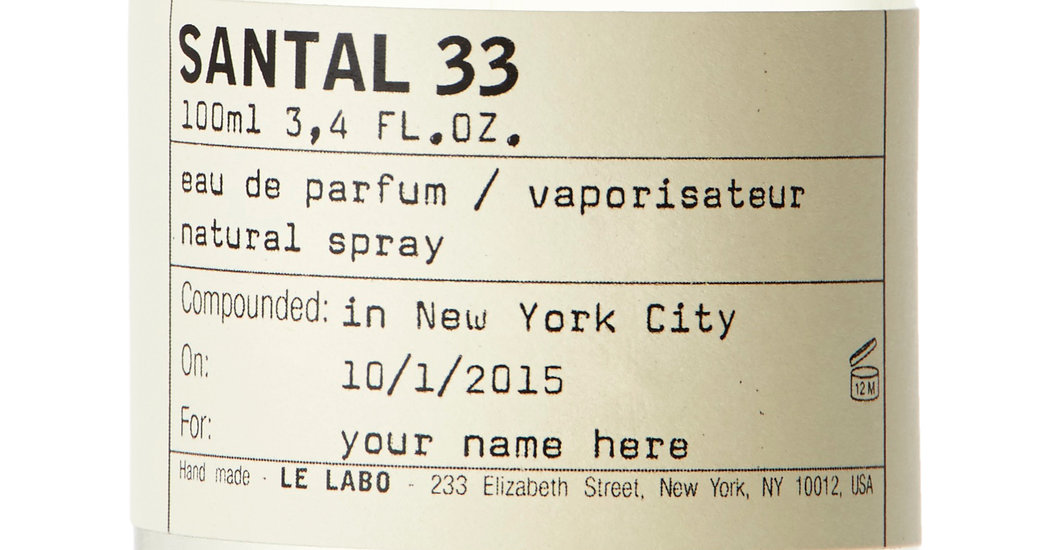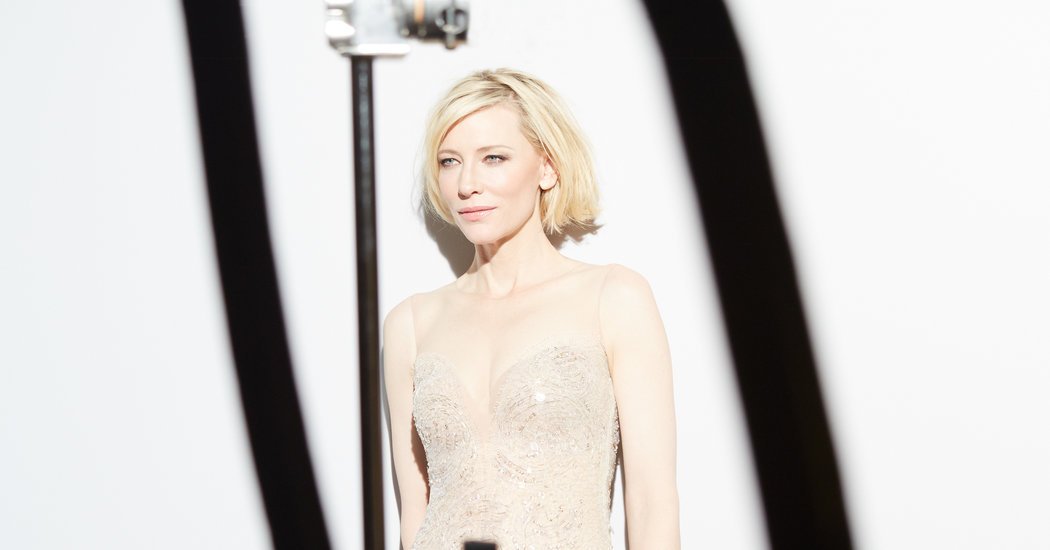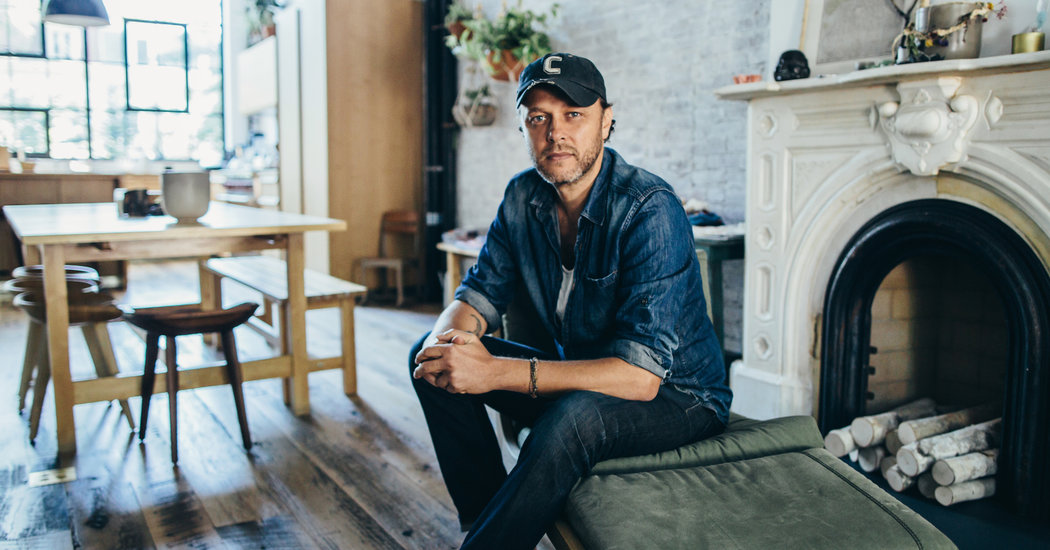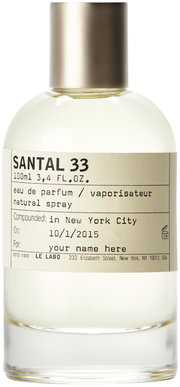
Back in 2011, when the fragrance industry saw a rise in celebrity scents and relied on the allure of glossy marketing, the independent perfumery Le Labo proposed an antidote to the obsession with hype: quietly releasing its fifth fragrance in five years — completely unaware of the impact its new unisex perfume would have on a certain set (and generation) of style-conscious women. Like an under-the-radar It bag prized for its unidentifiable features and nondescript branding, Santal 33 quickly became a sort of cult secret, whispered through wafts of sandalwood and cedar, only detected by those in the know.
Fast forward four years, and what started out as a collective craving for a boutique signature scent — something no one else wore — has now become a predictable presence on the New York City subway, at bars in London, cafes in Paris, even on the beach in Los Angeles. It has been wholly embraced by the fashion flock and A-list celebrities alike (everyone from Alexa Chung and Emily Weiss to Justin Bieber and Emma Roberts wear it), and nearly everyone who follows them. As the GQ designer Griffin Funk recently tweeted, “At this point it’s weird if someone doesn’t smell like Le Labo Santal 33.”
T Magazine Newsletter
Sign up for a weekly compendium of exquisite and exclusive fashion, design, food, interiors and travel coverage.
Thank you for subscribing.
An error has occurred. Please try again later.
You are already subscribed to this email.
In its gallant effort to shun the mass-market fragrance industry for something more personal, Le Labo has, unwittingly, created the most ubiquitous scent in fashion; a signature scent that is so signature you can recognize it in every city in the world: an impressive feat not lost on its co-founder, the perfumer Fabrice Penot. “We are lucky at Le Labo to have a few ‘cults’ in our collection, so we have been blessed,” says Penot, who started Le Labo with his business partner Edouard Roschi in 2006. “But Santal 33 is another level of success; it has had a stupid amount of success. As a perfumer, you always secretly hope, but you never expect, such an impact. It happens once in a lifetime — if you are very, very lucky.”
For fans of Santal 33 looking for new scents to explore, these five alternative, small-batch fragrances have similar notes, from their unisex makings to the warm feelings they arouse.
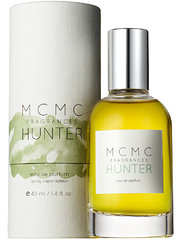
MCMC’s Hunter
Hunter was one of the first fragrances Anne McClain created when she launched her Brooklyn-based perfumery five years ago, inspired by a close friend who introduced her to a “naturey side of life.” One part Vermont and one part campfires, the rich and heavy scent uses balsam fir (the resin from inside a pine tree), bourbon vanilla and tobacco absolute. “People typically think of vanilla as a women’s fragrance, but the dryness of the tobacco and the other woody notes means Hunter slips into masculine territory,” explains McClain, who studied at the Grasse Institute in France. “I like floral and wood fragrances, that’s what I’m drawn to: that push and pull between something really feminine and something smooth, more masculine.” $95, mcmcfragrances.com.
Credit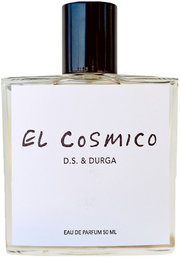
Nick Simonite
D.S. & Durga’s El Cosmico
Based on the “really unique flora in West Texas,” perfumer David Seth Moltz created El Cosmico after a trip to Marfa during unseasonably high rainfall. “There were wildflowers everywhere,” recalls Moltz. In an effort to capture the area’s aromatic hues, he bottled samples of his favorite botanical specimens, like cedar and pine, recording them for future use. “A lot of them had this really strong aroma against the giant, open landscape,” he says, adding that every perfume he creates has a story to tell through aromas. “With El Cosmico, you can wear parts of Marfa on your skin, delving into these places through scent.” $150, dsanddurga.com.
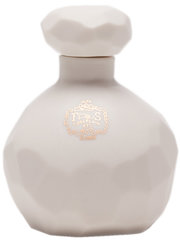
Joya’s Composition No. 1
“It smells like you are coming out of a shower,” says Joya founder Frederick Bouchardy of Composition No. 1, which blends fresh florals with creamy scents like musk and sandalwood. “It’s more of an accent than a dominate fragrance; to complement your personality, not overpower it.” Available only in oil form, the unisex perfume, created by the perfumer Rayda Vega, places an emphasis on intimacy. $135, joyastudio.com.
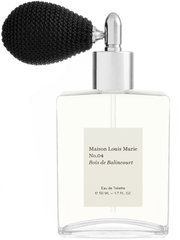
Maison Louis Marie’s No. 4 Bois de Balincourt
Inspired by her family estate outside of Paris, specifically the smell of the forests after heavy rain, Marie du Petit Thouars wanted to create a scent that would remind her of home no matter how far she traveled. The Belgian-born perfumer captured the fine-grained woods of Balincourt through sandalwood, which has a “very calming property to it, bringing me back to the experiences I had in the forest as a young girl,” she says. There are also subtle notes of cedar wood, vetiver, nutmeg and cinnamon. Thouars’s family history plays a large part in her perfumes — her ancestor, Louis Marie, discovered more than 2,000 plants species while in exile in Madagascar during the French Revolution. $85, maisonlouismarie.com.
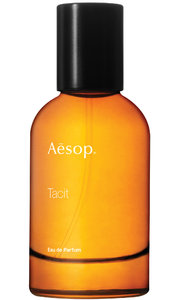
Aesop’s Tacit
Aesop modeled its new perfume, Tacit, off the brand’s Reverence Hand Balm, using vetiver, zesty yuzu citrus and an unexpected dose of basil. Created in collaboration with the International Flavors and Fragrances perfumer Celine Barrel, the fragrance takes its inspiration from the rugged vegetation of the Mediterranean Shore — where both Barrel and the Aesop founder Dennis Paphitis are from. “It’s supposed to cheer up your crisp winter morning, and freshen up your summer night,” explains Barrel, revealing that the perfume’s name was taken from the film “In the Mood for Love,” which is “full of secrets, and an illusive, mysterious life,” she says. $110, aesop.com.
SOURCE:http://www.nytimes.com/2015/11/16/t-magazine/perfume-santal-33-ds-durga-aesop.html
